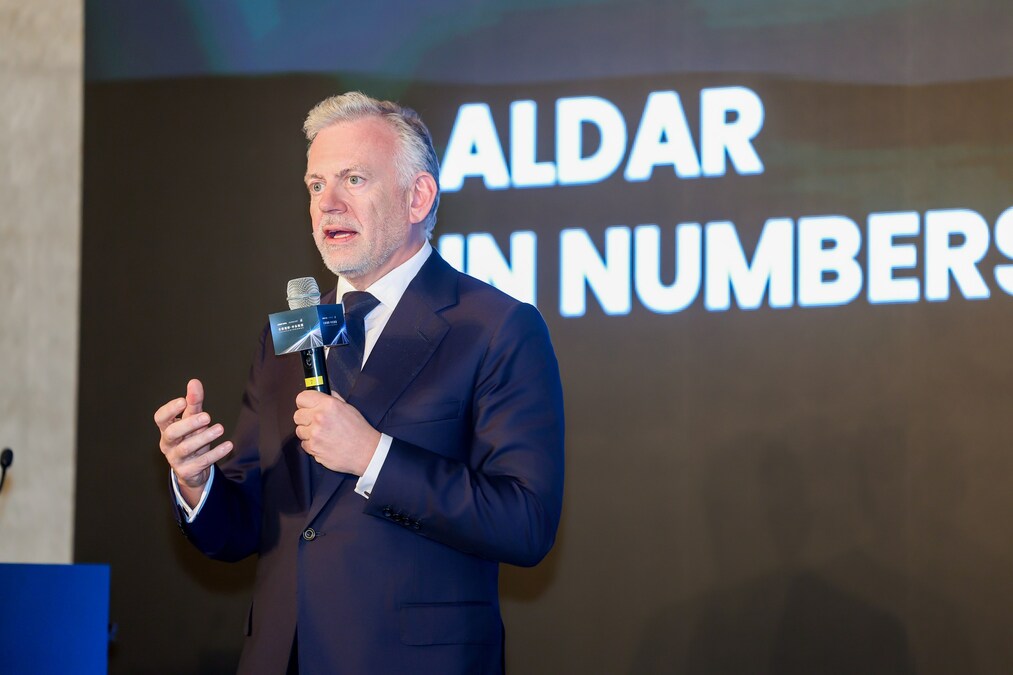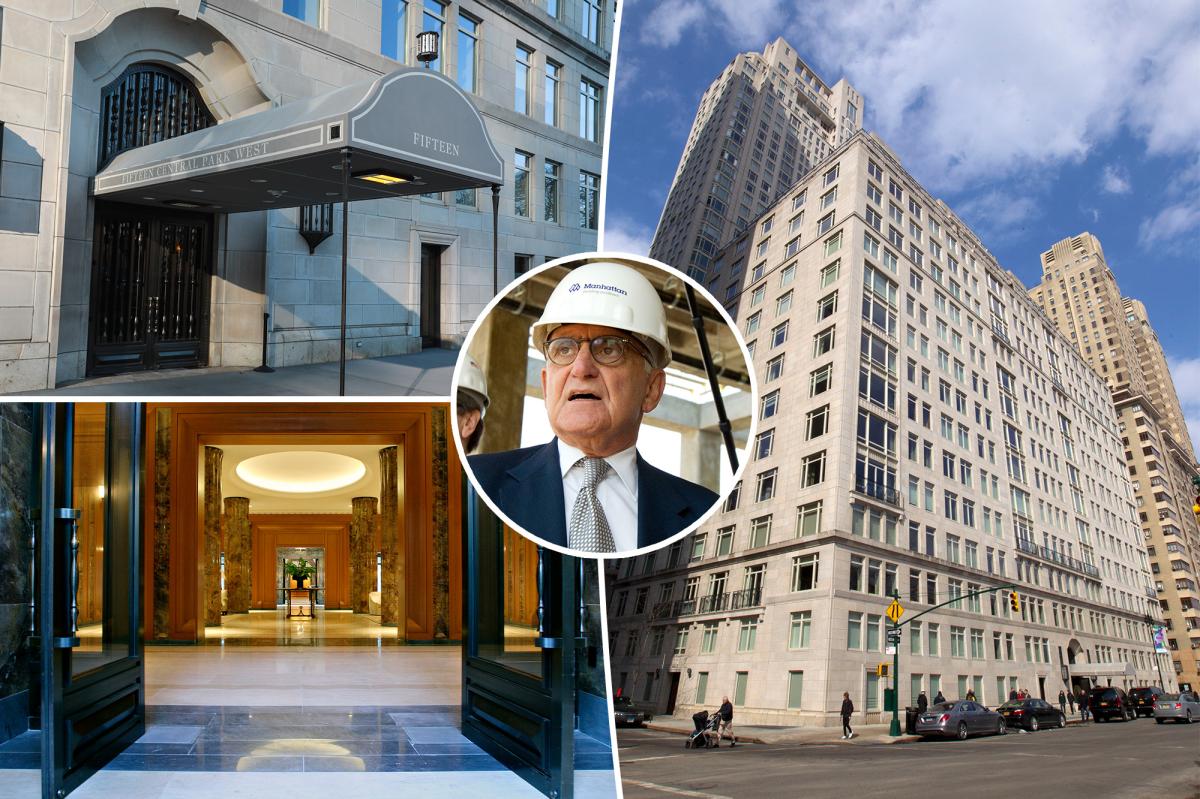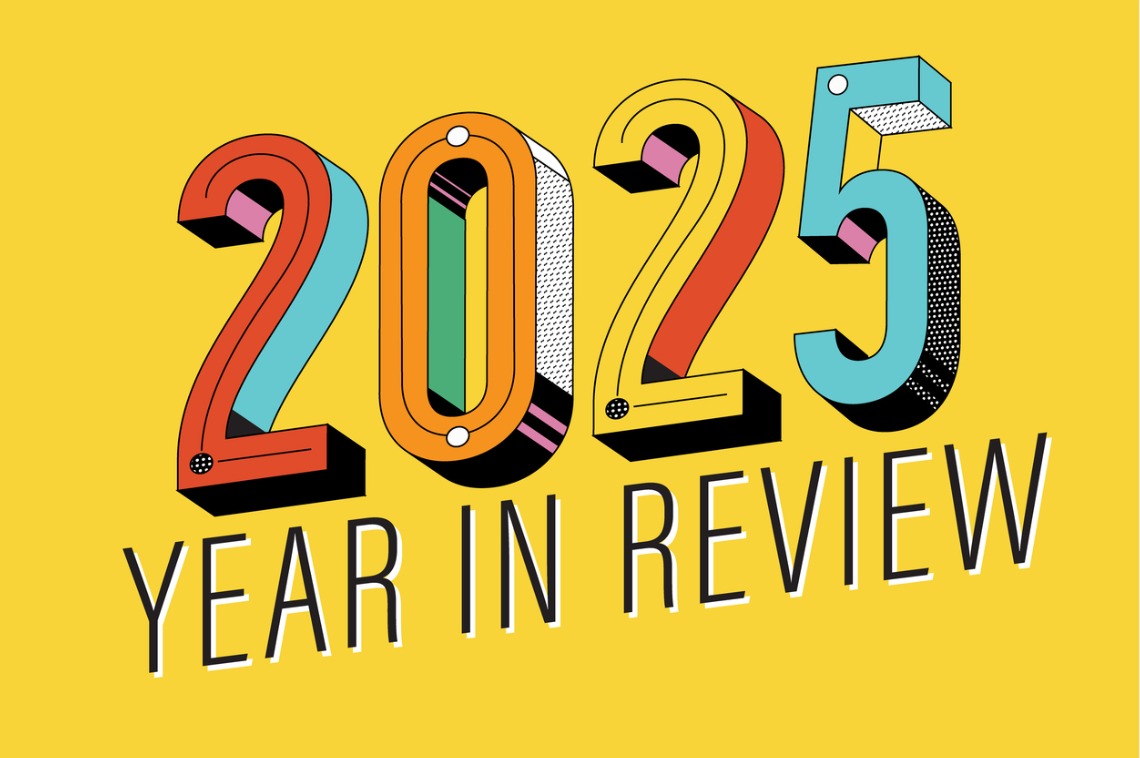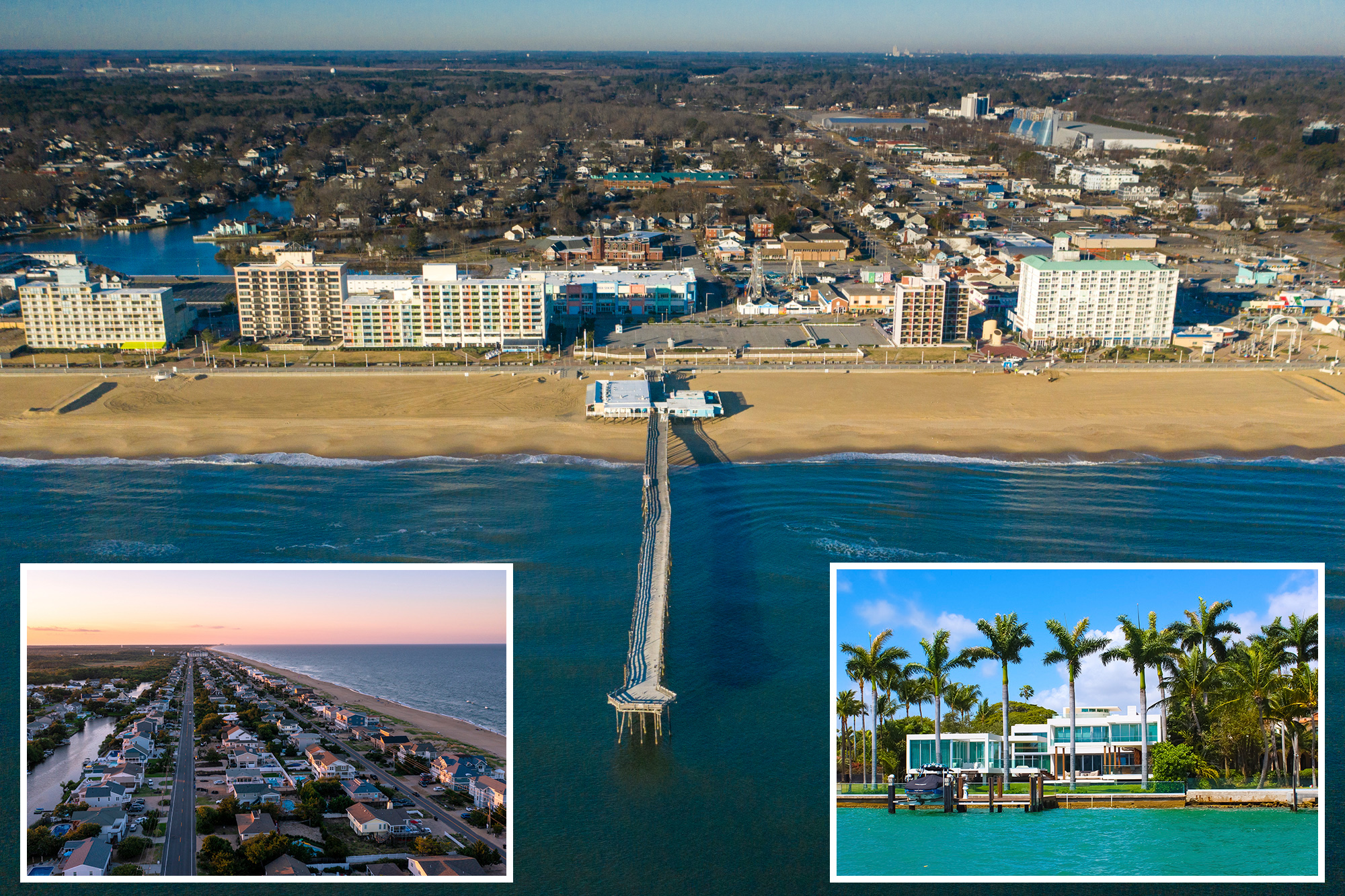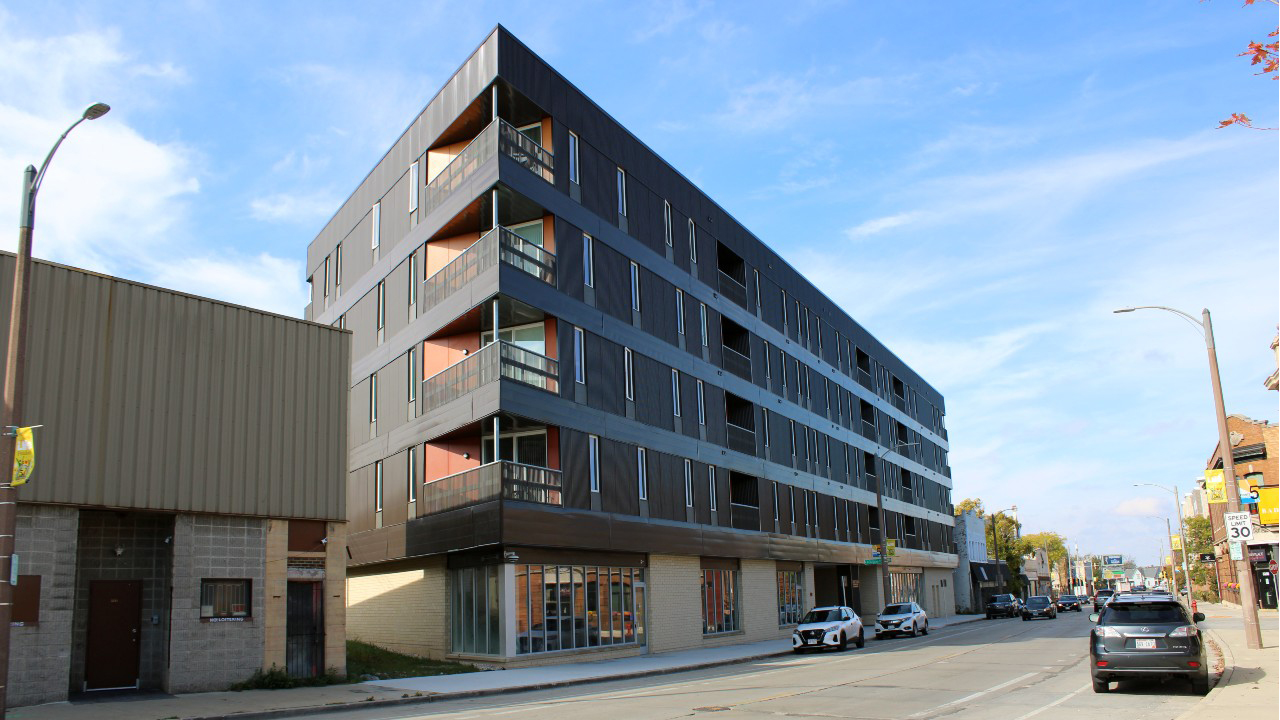C
hina Daily reports that Belt‑and‑Road countries such as the United Arab Emirates are emerging as attractive destinations for both individual and institutional investors amid global economic volatility and China’s shift toward high‑quality real‑estate development.
The 2025 Middle East Property Investment Forum, held in Shanghai by China Real Estate Information Corp (CRIC), gathered senior executives and experts to present fresh viewpoints for companies seeking transformation and market expansion, as well as new opportunities for overseas property purchases. The forum serves as a bridge between China and the Middle East, echoing the 2025 government work report’s call to deepen the Belt‑and‑Road Initiative and create more business and personal investment prospects.
“Global trade is moving toward regional, fair, green and secure models,” said Luo Changyuan, professor at Fudan University’s School of Economics. He noted that these trends align with China‑Arab cooperation in energy, environmental protection, industry and supply chains, creating a favorable macro environment for bilateral collaboration.
Jonathan Emery, CEO of Aldar Development, highlighted growing Chinese interest in Abu Dhabi. “Bilateral trade is approaching $100 billion, and the scope for deeper cooperation—commercial, investment, cultural, tourism and education—is substantial,” he said. Emery added that overseas property investment should focus on regional hub cities, pointing to Dubai and Abu Dhabi as key destinations. He compared the UAE’s core cities to mature markets such as New York, London and Singapore, which have long attracted real‑estate investment.
CRIC released its 2025 H1 UAE Residential Market Trends Report, the second in‑depth study on the UAE sector this year after the May white paper. The report examines fundamentals—trade performance, urban planning and transaction patterns—in Dubai and Abu Dhabi, offering data‑driven insights for global investors, enterprises and researchers. It identifies three strengths underpinning the UAE’s property market: steady economic growth, strong demographic momentum and supportive policy.
Luo added that China’s electric‑vehicle, solar‑power and lithium‑battery technologies match Arab nations’ energy‑transition needs. Emerging digital and AI forces are expected to deepen cooperation, while new trade corridors via third countries can help overcome international circulation barriers.
Key market data from the report: Abu Dhabi’s population reached 4.14 million in 2024, surpassing Dubai. In the first half of 2025, residential transactions totaled 21.85 billion dirhams ($5.95 billion), up 30 % YoY, with average home prices rising 17 % to 3.3 million dirhams per unit. Dubai recorded 98,726 transactions in the same period, a 22 % YoY increase, with total transaction value up 40 % to 326.9 billion dirhams. Luxury property rental yields reached 5.3 % in 2024, ranking second globally.
Aldar’s figures illustrate the trend: in 2024, overseas and expatriate buyers accounted for 78 % of its UAE sales, up from 21 % in 2021. Chinese buyers have grown almost three‑fold over the past three years, contributing $690 million this year, with the final quarter still pending. “We hope to expand this opportunity by investing time in communication and partnering with local stakeholders,” Emery said.
Experts cautioned that investors should monitor the sustainability of economic, demographic and policy trends in the UAE, and remain alert to geopolitical risks in the wider Middle East.
Li Lan, general manager of Shanghai Construction Group’s overseas business division, highlighted Southeast Asia and emerging Middle‑East markets as most favorable among the 152 Belt‑and‑Road countries. The company currently has 53 projects across 26 BRI countries, spanning Southeast Asia, Africa and beyond. Li advised that overseas expansion should align with national strategies, consider development prospects—such as major cultural or public events that drive construction demand—and adopt a coordinated approach across the entire industry chain. Forums like today’s bring together investors, developers, contractors and suppliers, demonstrating that the right people, at the right time and place, are crucial for fostering collaboration based on past overseas experiences.
